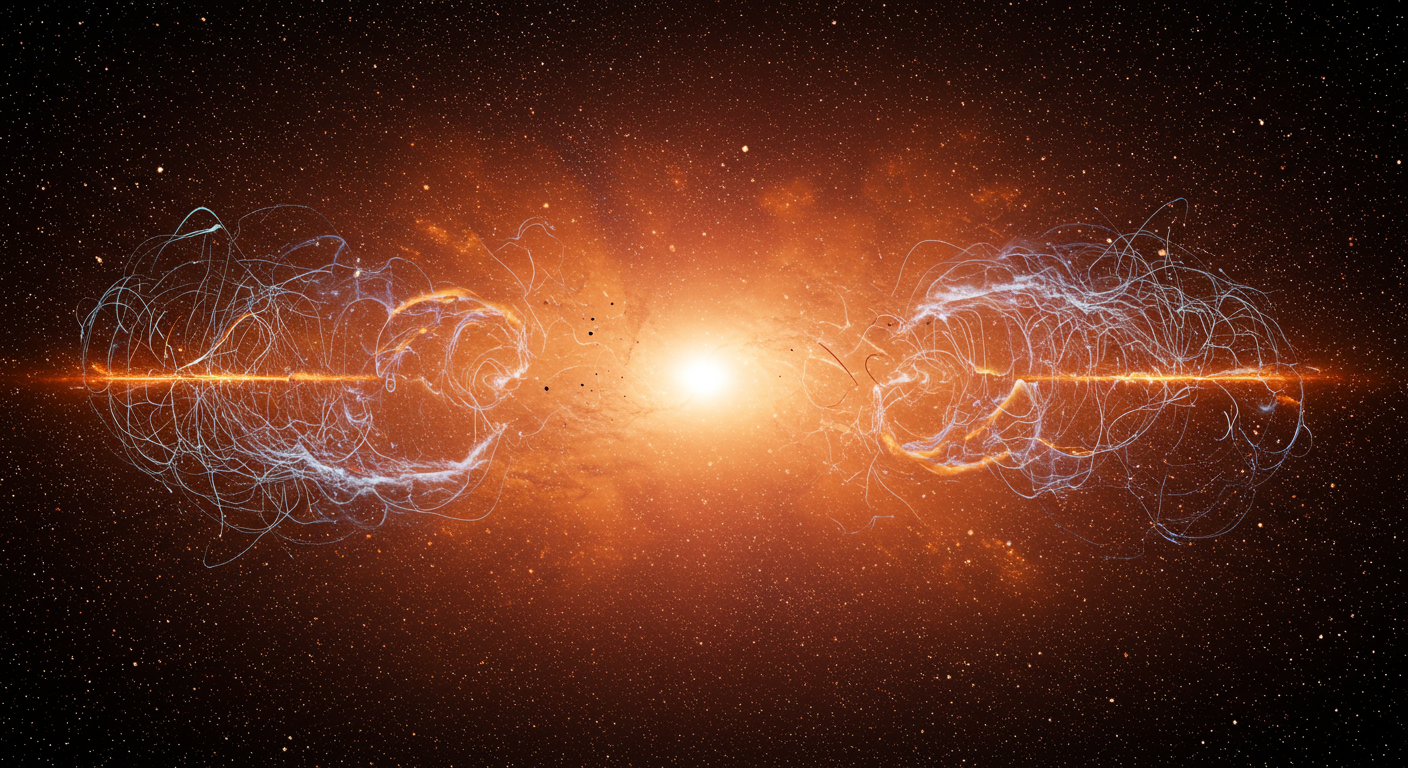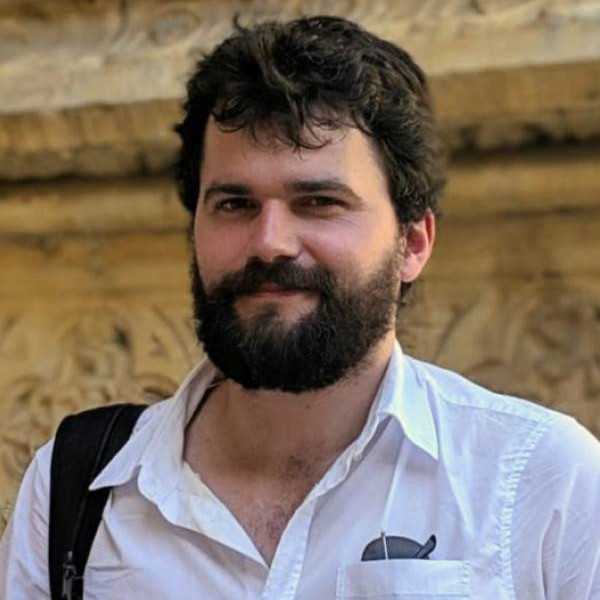The Bayesian Global Sky Model (B-GSM): Validation of a Data Driven Bayesian Simultaneous Component Separation and Calibration Algorithm for EoR Foreground Modelling

The Epoch of Reionization (EoR) remains a critical, yet elusive, chapter in cosmic history, and the newly released paper, 2501.01417, introduces the Bayesian Global Sky Model (B-GSM) to address the challenges in observing this era. The B-GSM presents a significant advancement in modeling low-frequency radio foregrounds, which are a major obstacle in detecting the faint 21-cm signal from the EoR. This novel approach utilizes a data-driven Bayesian framework to achieve simultaneous component separation and calibration, offering a robust improvement over traditional methods like PCA, as employed in the Global Sky Model (GSM) and the Low Frequency Sky Model (LFSM).
A Bayesian Approach to Foreground Modeling
Led by George Carter, the research team has developed B-GSM to specifically tackle the limitations of existing sky models. Traditional models often struggle with the inherent calibration uncertainties in low-frequency data (Monsalve et~al. 2021, Spinelli et~al. 2021) and lack robust error quantification. B-GSM directly addresses these shortcomings by incorporating Bayesian inference and nested sampling (Skilling 2004) to compute not only posterior distributions for spectral behavior and spatial amplitudes but also Bayesian evidence for rigorous model comparison (Trotta 2008). This allows for a data-driven selection of the optimal number of emission components and their spectral parametrization.
Simultaneous Component Separation and Calibration
The B-GSM framework conditions its posterior distribution on two independent datasets: a collection of diffuse sky surveys at frequencies <400 MHz, and a dataset of absolute temperature measurements (like those from EDGES or SARAS 2). By leveraging both spatially resolved diffuse maps and accurately calibrated absolute temperature data, B-GSM performs simultaneous component separation and calibration. This approach enables the model to correct for calibration errors in the diffuse maps, a critical step for accurate foreground modeling.
Validation and Future Directions
The paper validates B-GSM using a synthetic dataset designed to mimic the complexities of real-world observations, including partial sky coverage, thermal noise, and calibration uncertainties. The results demonstrate B-GSM’s ability to correctly identify the underlying model parameters and produce sky predictions that agree with the true synthetic sky within statistical uncertainties. Importantly, the model successfully calibrates its predictions to the absolute temperature data, demonstrating the effectiveness of the simultaneous calibration approach. This validation paves the way for the application of B-GSM to real observational data, which will be the focus of a subsequent paper. This future work promises a new, publicly available low-frequency sky model, incorporating the advanced capabilities of the B-GSM framework.




Content generated by gemini-1.5-pro using this prompt.
Image generated by imagen-3.0-generate-002 using this prompt.